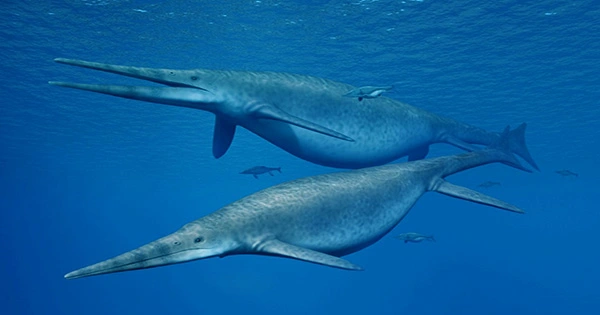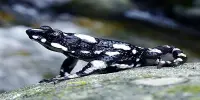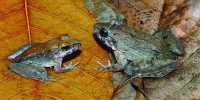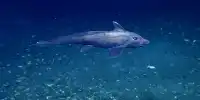In the late Triassic, ichthyosaurs began to disappear from our waters, but as portions of the planet folded to form what we now call the Alps, some of their remnants were scooped along for the trip. Scientists have discovered prehistoric marine reptile fossils hundreds of meters above sea level due to geological peculiarities, and new research proves they were fanged monsters. Giant ichthyosaurs emerged only at the end of these prehistoric reptiles’ lives on Earth when some species grew to be as long as a bowling alley and weighed more than 80 tons.
Despite their enormous size, however, humans have discovered very few remains of these animals. “To this day, the reason for this remains a tremendous mystery,” said Prof. Dr. Martin Sander of the University of Bonn’s Institute of Geosciences in a statement. Fossilized remnants discovered in the Alps, on the other hand, may help to explain where these ocean giants have been hiding for the previous 200 million years. Is there a hidden treasure mine of marine fossils beneath the ice? It’s possible.
The remains of three species gathered between 1976 and 1990 in the Swiss Alps, 2,800 meters (9,187 feet) above sea level, have now been examined in new research published in the Journal of Vertebrate Paleontology to explore what we may learn from these high-altitude fossils. These ichthyosaurs were among the biggest animals that have existed, according to the fossils. Ribs, vertebrae, and the world’s biggest ichthyosaur teeth have all been discovered among ancient relics.
“By ichthyosaur standards, this [tooth] is enormous,” Sander stated. “The biggest specimen still in a complete skull to date was 20 millimeters and came from an ichthyosaur that was about 18 meters [59 feet] long.” However, estimating an ichthyosaur’s length solely based on teeth is difficult because the toothiest species are rarely the largest. Because marine predators that require large gnashers expend more energy traveling to hunt, their body size is restricted, but gigantic filter feeders may cruise along as absolute units steadily collecting up smaller food.
With the largest fangs known to science for this group of creatures, even a little ichthyosaur would have been a terrifying sight at sea. The longest trunk vertebra in Europe was discovered in the Alps, giving the 21-meter-long Shastasaurus sikkanniensis, the largest marine reptile fossil ever discovered, a run for its money.
The authors are confident that new insights into the lives and size of ichthyosaurs are within reach as they continue to seek to narrow the gap in our knowledge of some of Earth’s greatest marine predators. “It’s a tremendous shame for paleontology that we know so little about these giant ichthyosaurs despite their enormous fossil size,” Sander added. “We want to rise to the occasion and discover more and better fossils in the near future.”














